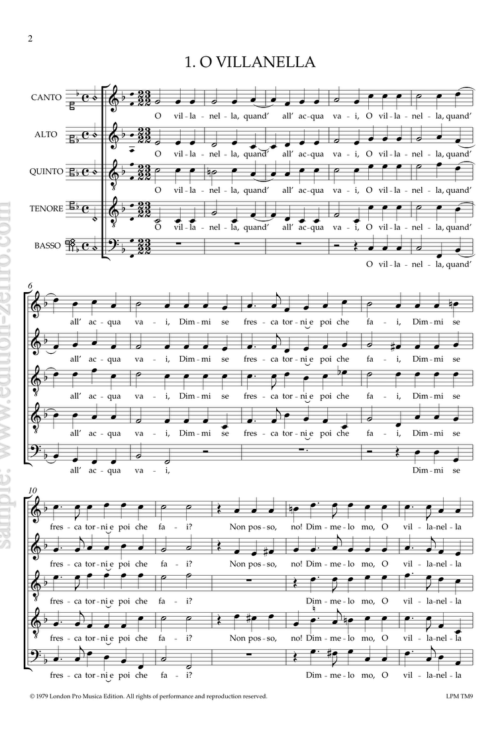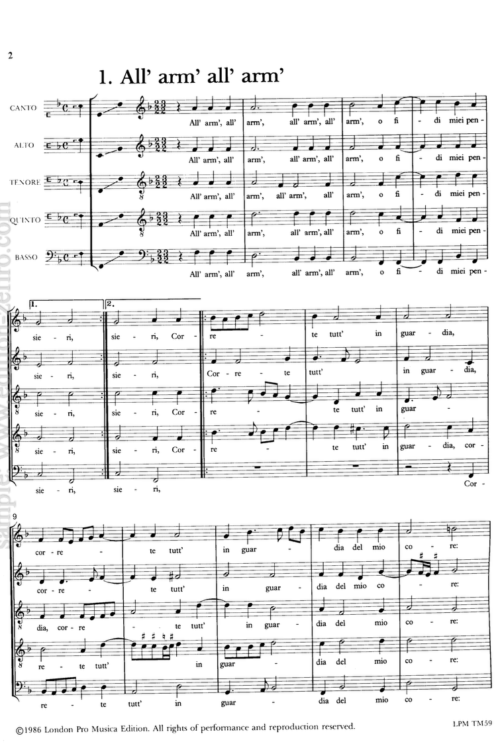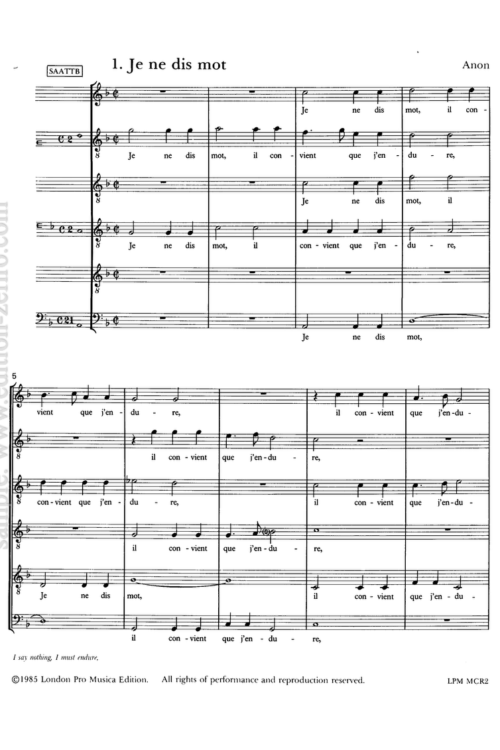Come On In
Lodovico Agostini (1534 – 1590) was an Italian composer, singer, priest, and scholar of the late Renaissance.
He was the illegitimate son of Agostino Agostini, a singer and priest of Ferrara mostly active in the 1540s. Lodovico also became a priest. By 1572, he was singing in the chapel of Ferrara Cathedral, and by 1578 he was on the payroll of Duke Alfonso II d’Este, one of the most famous patrons of music of the late 16th century. Lodovico was a favorite of the Duke, and he remained in his service for the rest of his life.
In the 1580s, he instructed the Duke of Mantua, Guglielmo Gonzaga in composition and dedicated a book of madrigals to him. Gonzaga went on to become a composer of madrigals himself, and in addition was a close associate of Palestrina.
Agostini was on good terms with many members of the aristocracy, as well as the famous poets Tasso and Guarini, and other musicians at the court, including Luzzasco Luzzaschi, the most famous of the Ferrarese madrigalists.
While retaining his association with the intensely secular Estense court, he also had a distinguished ecclesiastical career, eventually becoming a Monsignore and an apostolic protonotary.
Agostini was fond of musical enigmas, puzzles, surprise and double-entendre, and his many musical collections display this. Enigmi musicali and L’echo, et enigmi musicali are canons to be solved by riddles, full of unusual chromatic progressions, instrumental interpolations, and other musical curiosities. Some of his books of madrigals are written in a virtuoso singing style obviously intended for the three members of the concerto di donne (Laura Peverara, Anna Guarini, and Livia d’Arco). His third book of madrigals, for six voices (1582), appears to be the earliest collection of the actual repertory of this ensemble.




